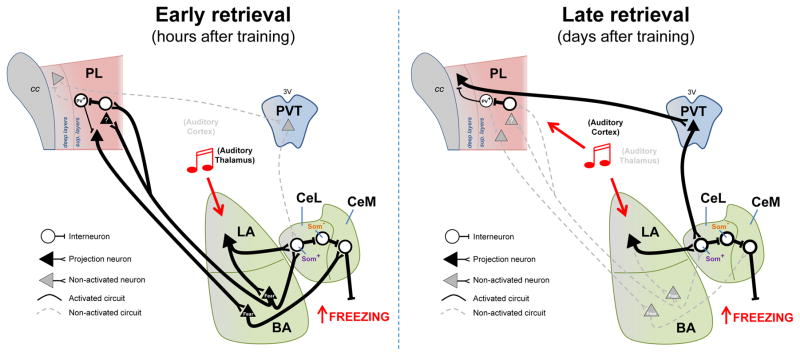Fig. 1. Temporal reorganization of the circuits necessary for retrieval of auditory fear memories.
Left - Retrieval of fear memories at early time points after conditioning recruits reciprocal activity between the amygdala and PL. During early retrieval, the conditioned tone activates auditory thalamus inputs to LA. Increased activity in LA neurons activates Som+ neurons in CeL, thereby disinhibiting CeM output neurons that mediate fear responses. Increased activity in LA neurons also activates BA neurons interconnected with PL, thereby allowing a top-down control of fear retrieval. Right - Retrieval of fear memories at late time points after conditioning recruits activity in PL neurons projecting to PVT, as well as PVT neurons projecting to CeL. During late retrieval, the conditioned tone activates auditory cortex inputs to both LA and PL. Increased activity in PL interneurons inhibits PV+ interneurons, thereby disinhibiting PL neurons projecting to PVT. Increased activity in PVT neurons activates Som+ neurons in CeL, and consequently disinhibits CeM output neurons that mediate fear responses. Legend: PL= prelimbic cortex, sup= superficial, PVT= paraventricular nucleus of the thalamus, LA= lateral amygdala, BA= basal amygdala, CeL= lateral portion of the central amygdala, CeM= medial portion of the central amygdala, cc= corpus callosum, 3V= third ventricle, PV+= parvalbumin positive neurons, Som+= somastotatin positive neurons, Som−= somatostatin negative neurons.

